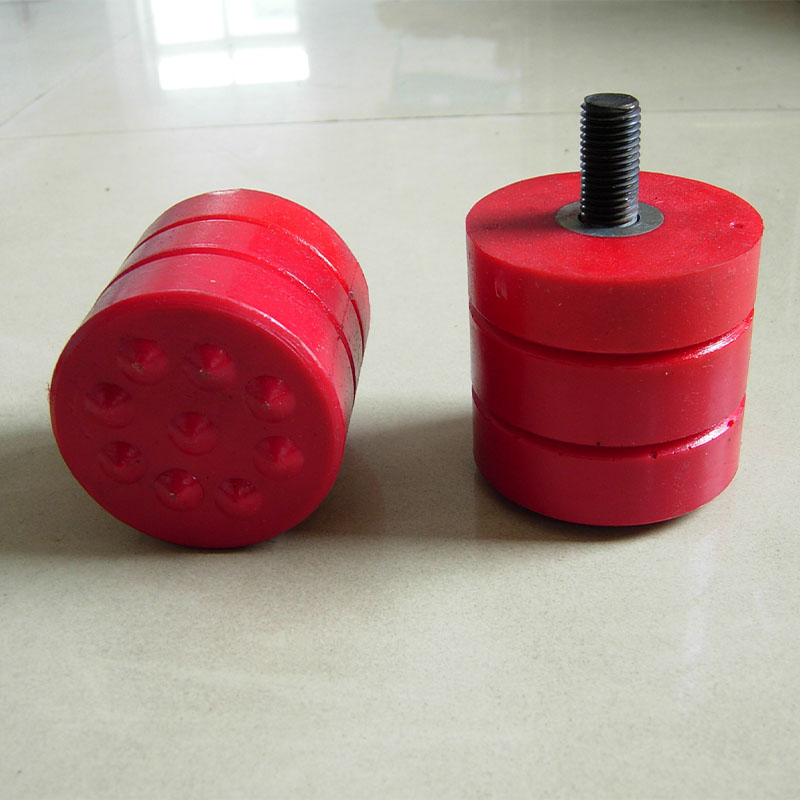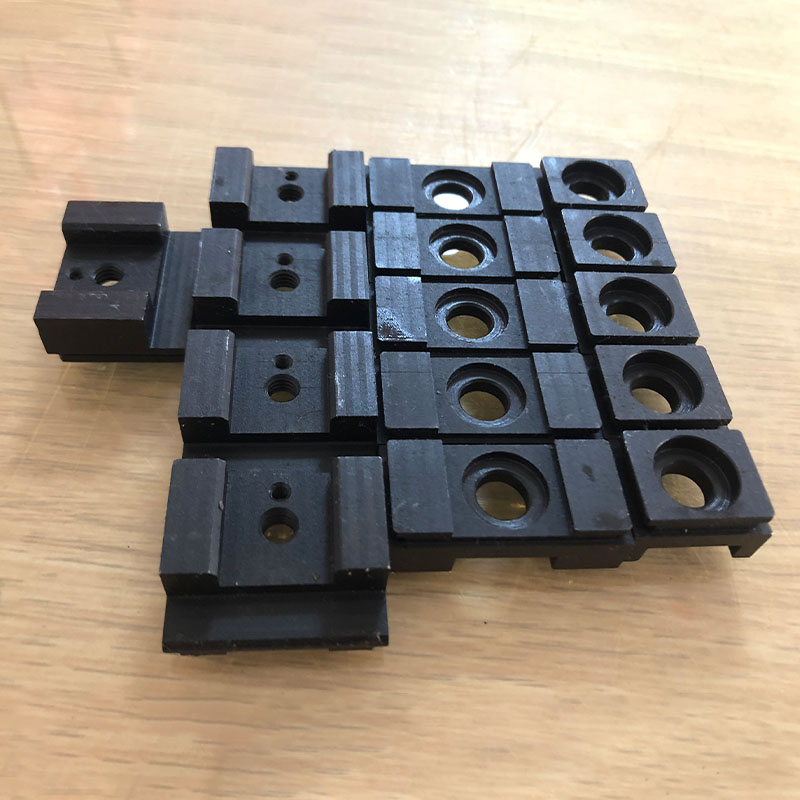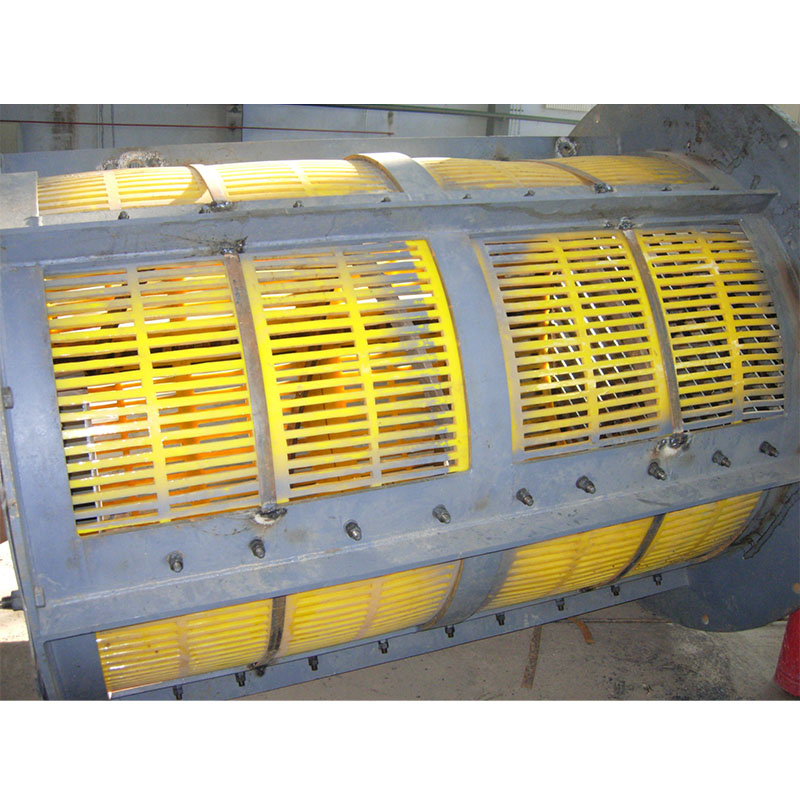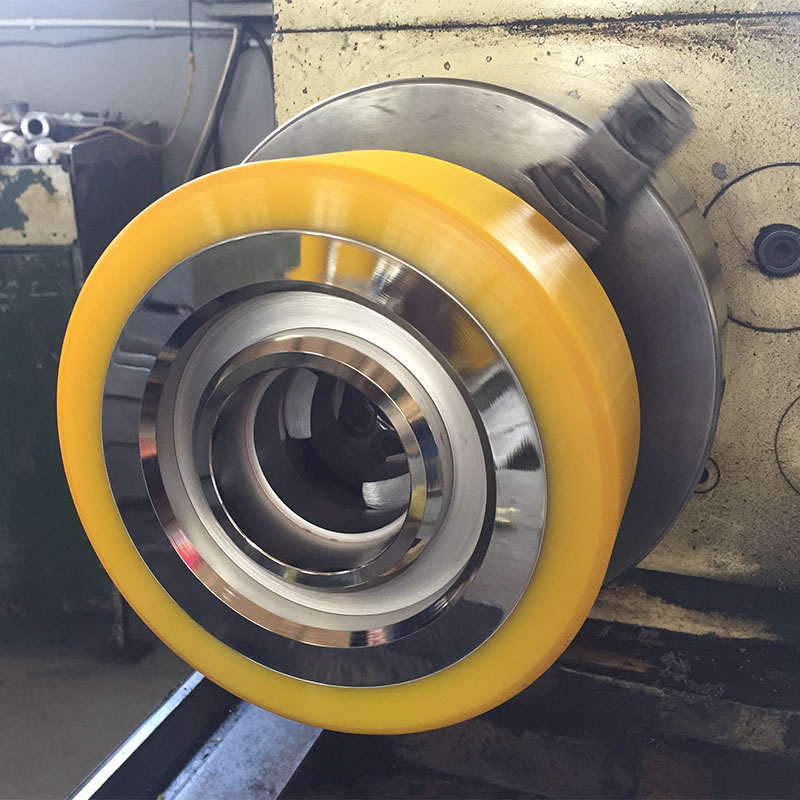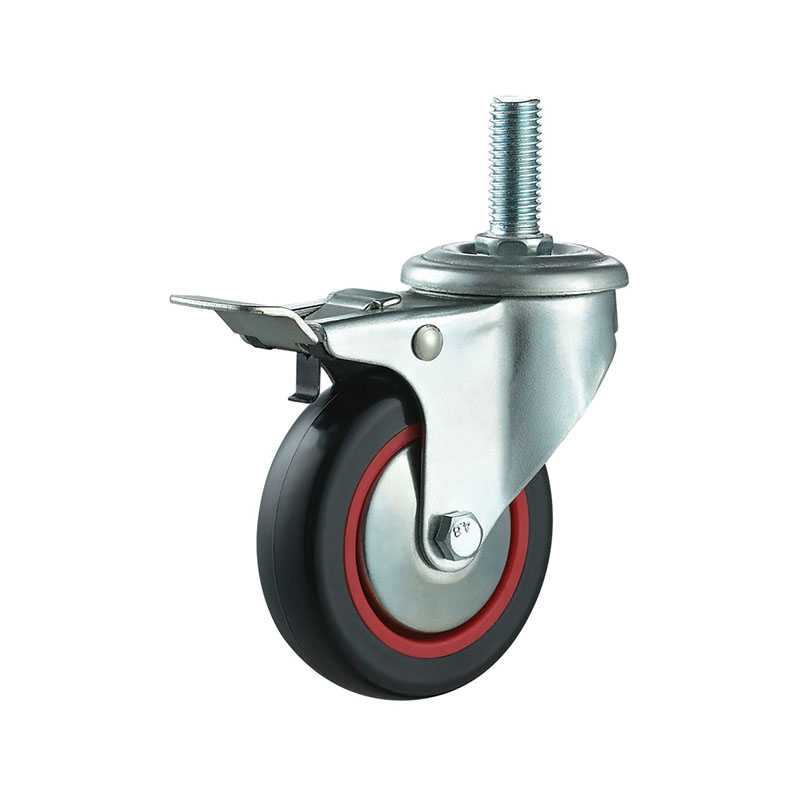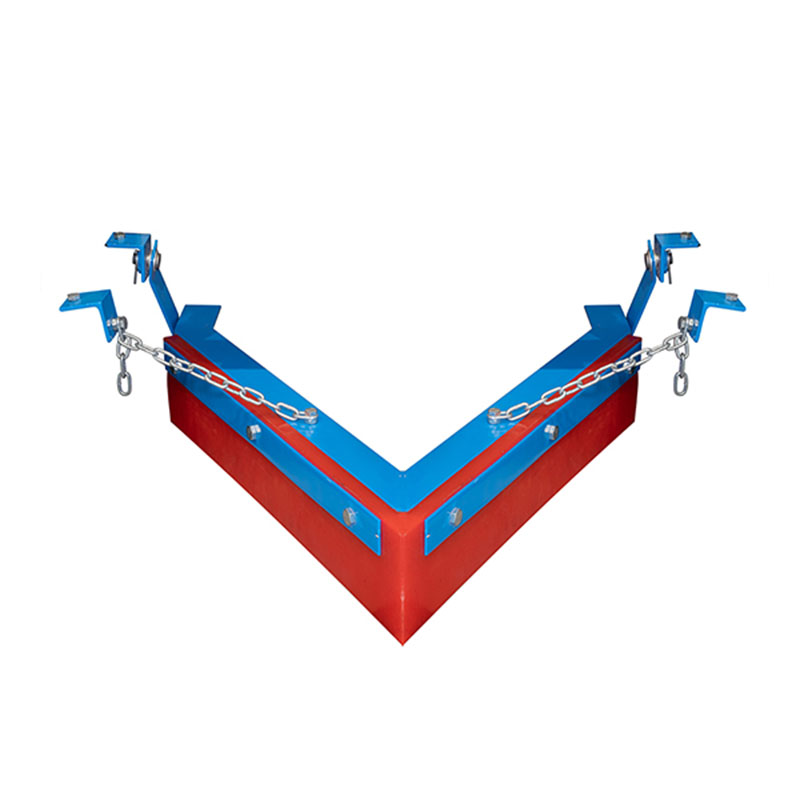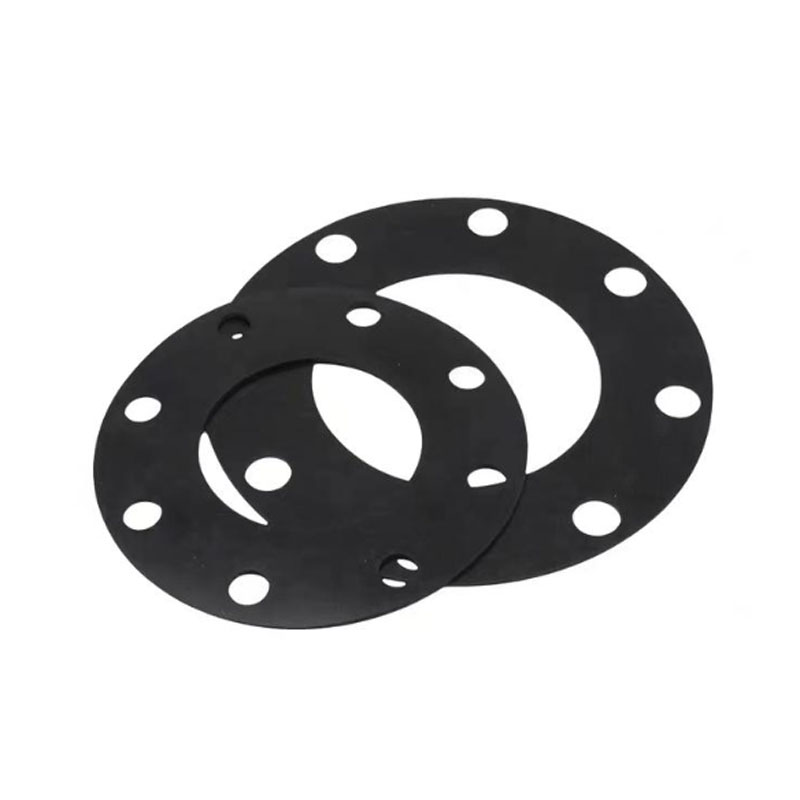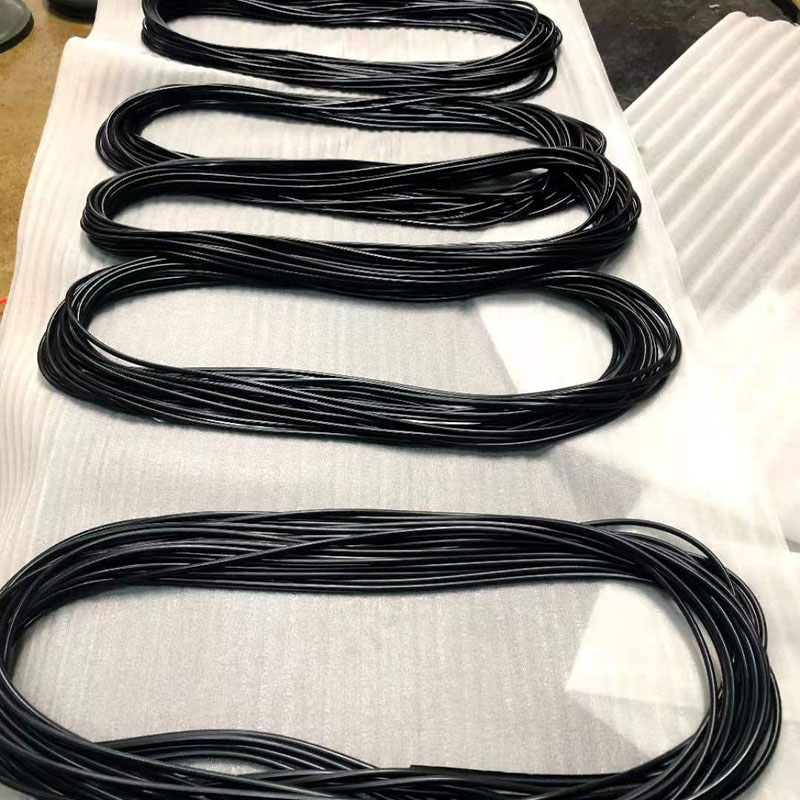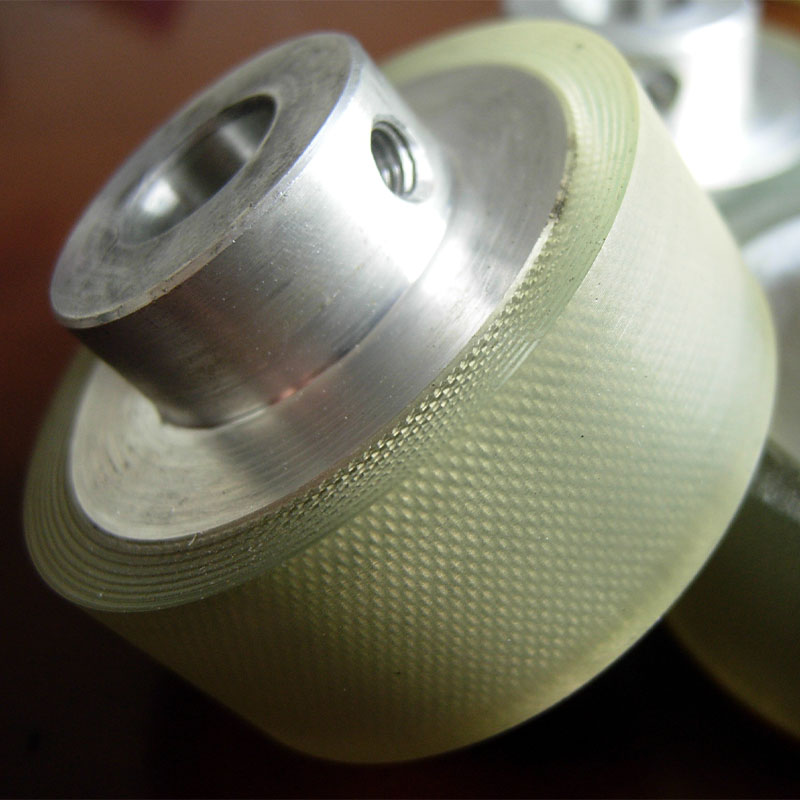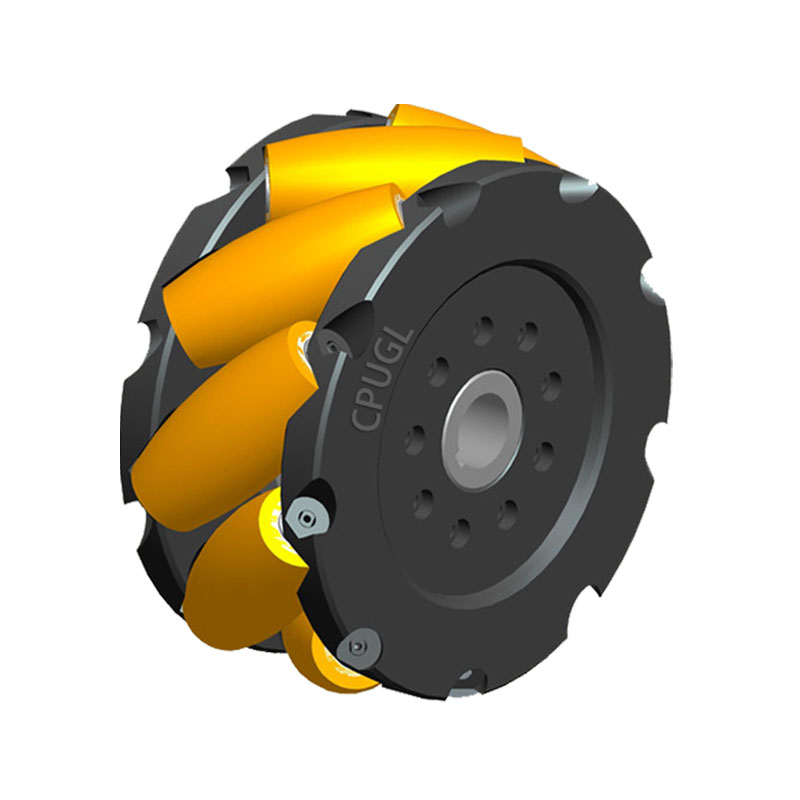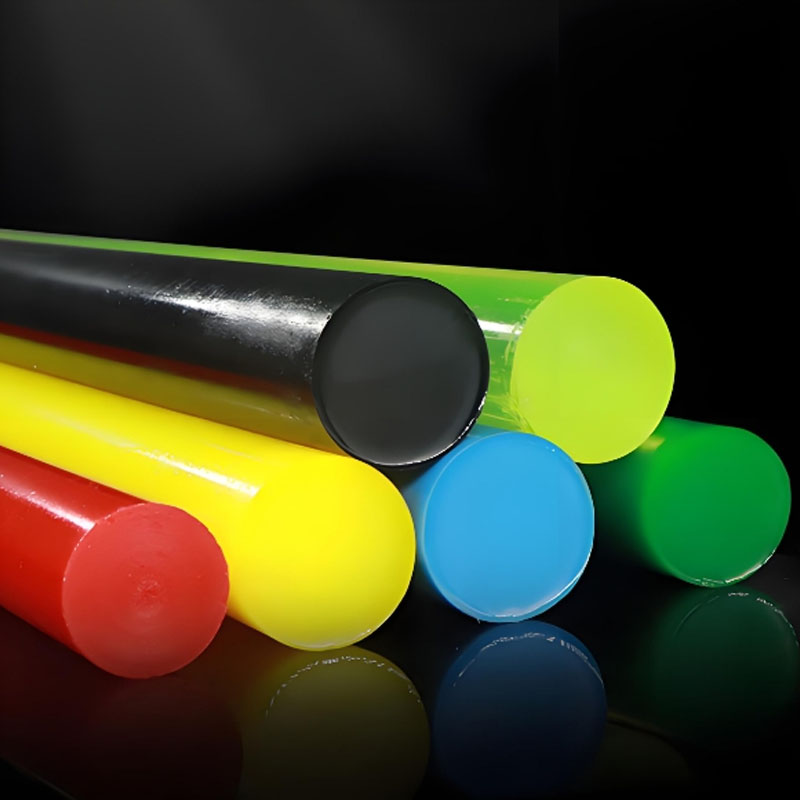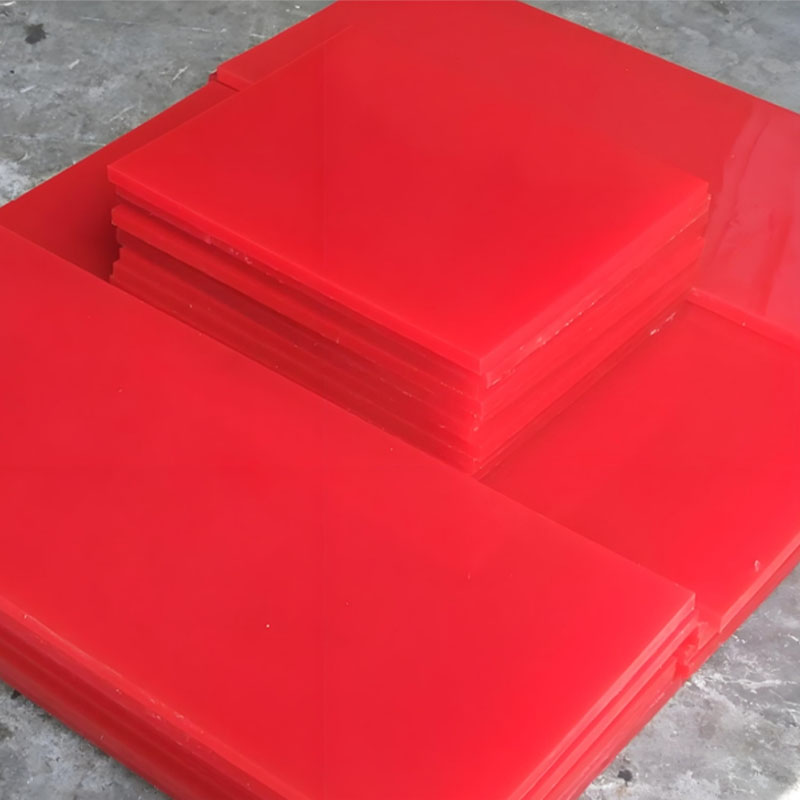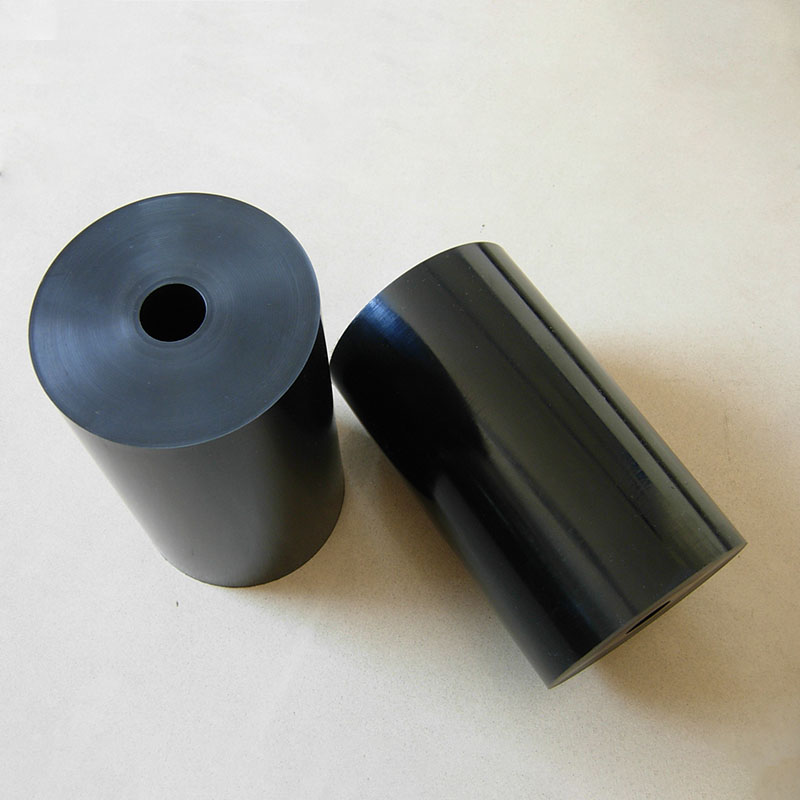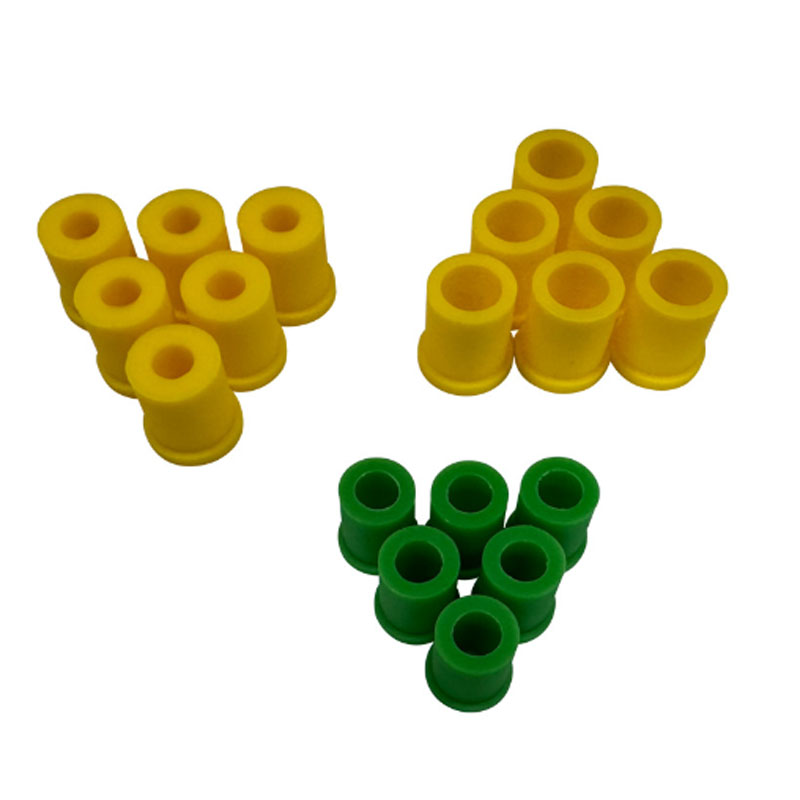
Crane buffer
Crane buffer
The crane buffer is an inconspicuous, but important assistant in the work of the crane, which allows him to smoothly and safely perform his functions. Imagine a load that needs to be lifted or lower. Without a crane buffer, the movement would take place with jerks, creating danger and negatively affecting the life of the mechanisms.
How does it work?
The buffer is a device that absorbs the energy of a jerk when lifting or lowering the load. Simply put, it is like a shock absorber in your car, but specially designed to work with large loads and powerful mechanisms. It softens the blow that occurs when changing the speed of lifting or lowering, and prevents potential breakdowns. This is achieved at the expense of special materials and designs that flexibly resist sharp energy changes. It is important to note that the buffer is constantly working in standby mode, ready to soften any sharp impetus.
Why do you need a crane buffer?
Without a buffer, the work of the crane would not only be more complicated, but also much more dangerous. Imagine that you are raising a huge car - without a buffer, when stopping or a sudden change in the direction of movement, the load can fall with great force. The crane buffer guarantees that such a load will sink or rise smoothly, excluding the risks of damage to cargo, crane or even injury to people nearby. In addition, the buffer protects the crane mechanism from constant large loads, extending its service life and reducing repair costs. In general, the buffer provides not only safety, but also the efficiency of work.
Types of crane buffers and their application:
There are several types of buffers that are selected based on the weight of the cargo, and the type of crane. For example, for light cargo, a spring buffer can be enough, and for heavy - more complex hydraulic structures. It is important to remember that the choice of the right buffer is the key to the safe and efficient operation of the crane. It determines not only security, but also the performance of the mechanism, minimizing the time of the crane in a non-working state due to breakdowns, and, ultimately, the economic efficiency of all the work.
AppropriateProducts
Corresponding products
The best soldproducts
The best -selling productsConnectedsearch
Related search- Leading countries-buyers of polyurethane sieves in China
- Holding laying 3 4 in bulk
- Production of conveyor factory rollers
- Manufacturers of polyurethane rubber wheels in China
- The best countries-buying countries for polyurethane single-wheeled bicycles 4.00 8 in China
- Manufacturers of polyurethane garden wheels from China
- Polyurethane print shafts Plant
- Price for the garden unicyle polyurethane wheels from China
- Polyurethane V-shaped movie in bulk
- Products of conveyor tape rollers in China




